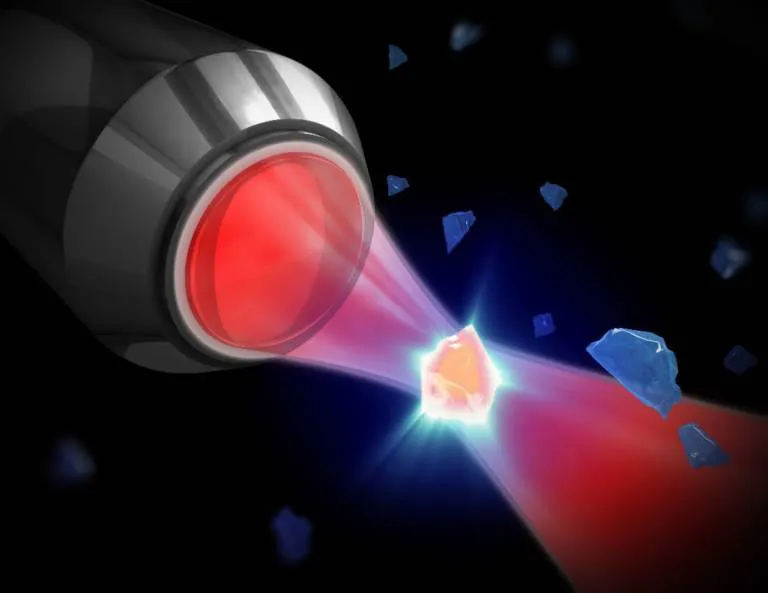Quantum Ballet: Do Giants Waltz Like Atoms? Exploring Superposition in the Macroscopic World

Can large-scale objects exhibit quantum superposition, or is it limited to the microscopic realm?
Superposition, the quantum phenomenon where a particle exists in multiple states simultaneously, seems like a whimsical dance reserved for the microscopic world of atoms and electrons. But can the giants of our everyday lives – tables, cats, even you and me – ever join this enigmatic waltz? The answer, like the quantum world itself, is intriguing and full of surprises.
The Macroscopic Challenge:
Advertisement
While superposition is commonplace in the quantum realm, the larger an object gets, the harder it becomes to maintain. Here's why:
Advertisement
- Decoherence: The act of interacting with the environment, including stray photons or thermal fluctuations, disrupts the delicate balance of superposition, causing the object to collapse into a single state. Imagine a ballerina tripping on a stray feather – the graceful dance of multiple poses would abruptly end.
- Scaling Up: The effect of decoherence scales exponentially with the size of the object. For microscopic particles, environmental noise is often negligible, but for a macroscopic object, the constant bombardment from the environment quickly unravels the fragile superposition.
Glimmers of Possibility:
Despite the challenges, scientists have observed hints of superposition in larger objects:
- Molecules: Complex molecules have exhibited superposition of vibrational states, offering a glimpse into how large systems might interact with the quantum world.
- Diamonds: Diamond nanoparticles have shown superposition of their spin states, opening doors for exploring quantum information processing at a larger scale.
- Schrödinger's Cat: While a thought experiment, the famous feline trapped in a superposition of both alive and dead states highlights the conceptual possibility of applying superposition to larger systems.
The Quest for the Macroscopic Waltz:
Advertisement
Scientists are constantly pushing the boundaries, devising strategies to isolate and protect larger systems from decoherence:
Advertisement
- Ultra-cold environments: Cooling objects to near absolute zero significantly reduces thermal noise, creating a more conducive environment for observing superposition.
- Coherent control: Precisely manipulating the system using lasers or magnetic fields can help maintain the delicate balance of superposition.
- Quantum error correction: Techniques developed for quantum computing could be adapted to correct errors caused by decoherence in larger systems.
The Implications of a Grander Dance:
Observing and maintaining superposition in macroscopic objects could have transformative implications:
- Quantum technology: Superposition is a key resource for quantum computers, paving the way for vastly more powerful computation and revolutionizing fields like materials science and drug discovery.
- Fundamental understanding: Unraveling the mysteries of superposition at larger scales could deepen our understanding of quantum mechanics and its relationship to the classical world.
- Unforeseen possibilities: As with any groundbreaking discovery, observing macroscopic superposition could open doors to entirely new avenues of research and technological advancements.
So, while the grand waltz of macroscopic superposition remains a challenge, the tantalizing glimpses and tireless efforts of scientists offer a glimmer of hope. Perhaps, one day, not just atoms and electrons but even a teacup or a tree might join the quantum ballet, blurring the lines between the microscopic and the macroscopic, and revealing a universe even more awe-inspiring than we can imagine.
Beyond the Dance: